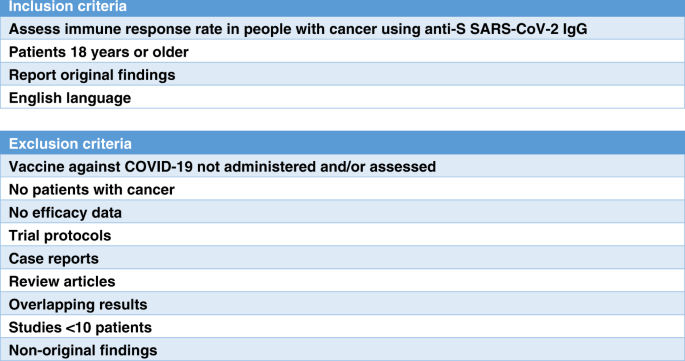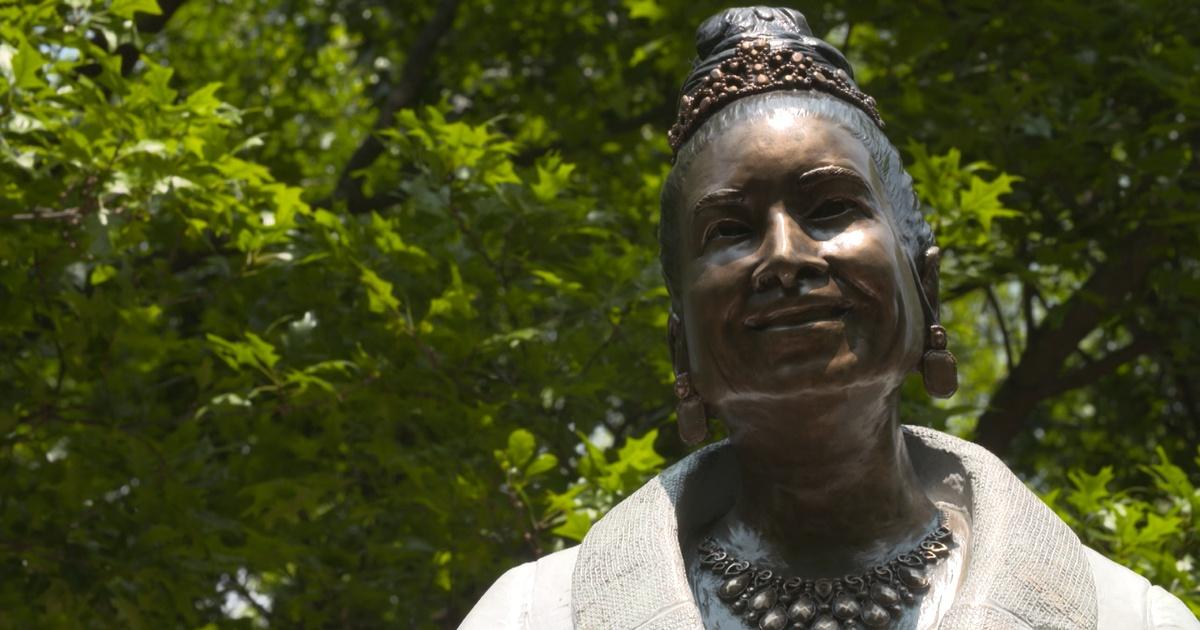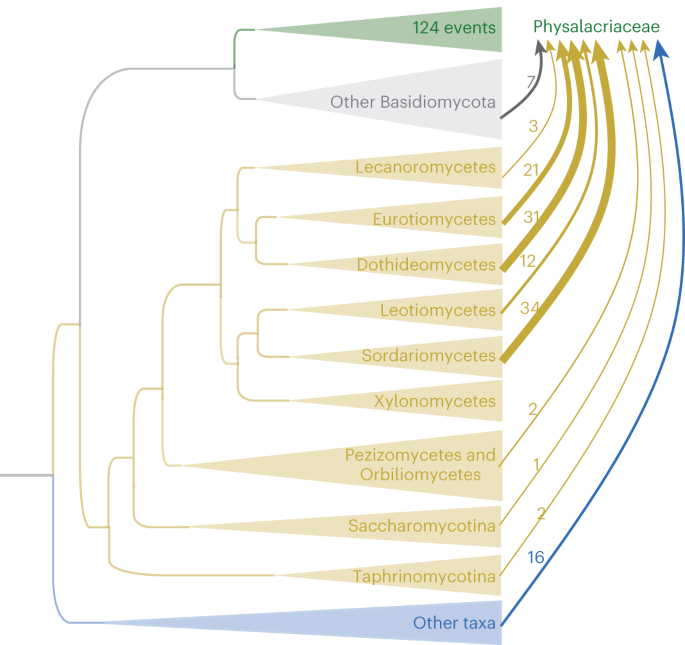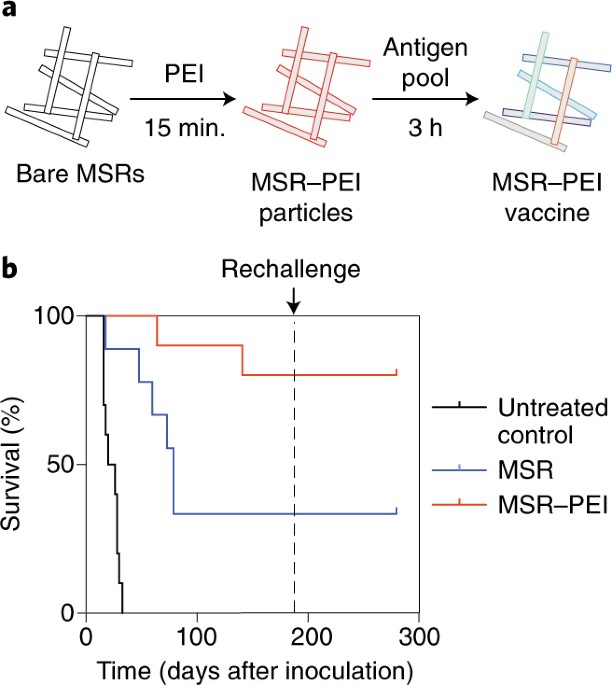- Select a language for the TTS:
- UK English Female
- UK English Male
- US English Female
- US English Male
- Australian Female
- Australian Male
- Language selected: (auto detect) - EN
Play all audios:
ABSTRACT Some patients with brain damage fail to identify a sensory stimulus presented on the opposite side to their lesion (contralesional) when a competing stimulus is presented on the
same side (ipsilesional)1. This phenomenon has become known as extinction. It is commonly studied using a single sense such as sight or touch (unimodal extinction)2. We have studied a
75-year-old right-handed man (patient GS) who has severe left tactile extinction resulting from damage to the right frontotemporal cortex caused by a stroke. We found that an ipsilesional
visual stimulus could induce extinction of a contralesional tactile stimulus (cross-modal extinction). We also found that the visual stimulus operates in a reference system attached to the
hand, and not in egocentric coordinates (that is retinal, head or trunk-centred coordinates). Access through your institution Buy or subscribe This is a preview of subscription content,
access via your institution ACCESS OPTIONS Access through your institution Subscribe to this journal Receive 51 print issues and online access $199.00 per year only $3.90 per issue Learn
more Buy this article * Purchase on SpringerLink * Instant access to full article PDF Buy now Prices may be subject to local taxes which are calculated during checkout ADDITIONAL ACCESS
OPTIONS: * Log in * Learn about institutional subscriptions * Read our FAQs * Contact customer support REFERENCES * Critchley, M. _The Parietal Lobes_ (Edward Arnold, London, 1953). *
Bisiach, E. & Vallar, G. in _Handbook of Neuropsychology Vol. 7_ (eds Boller, F. & Grafman, J.) 195-222 (Elsevier, Amsterdam, 1988). * Gentilucci, M. _et al_. _Exp. Brain Res._ 71,
475–490 (1988). Google Scholar * Fogassi, L. _et al_. _Exp. Brain Res._ 89, 686–689 (1992). Google Scholar * Graziano, M. S. A., Yap. G. S. & Gross, C. G. _Science_ 266, 1054–1057
(1994). Google Scholar * Gross, C. G. & Graziano, M. S. A. in _The Cognitive Neurosciences_ (ed. Gazzaniga, M.) 1021-1034 (MIT Press, Cambridge, MA, 1994). * Duncan, J. in _Attention
and Performance XVI_ (eds Innui, T. & McClelland, J. L.) (MIT Press, Cambridge, MA, in the press). * di Pellegrino, G., Basso, G. & Frassinetti, F. _Neuropsychologia_ (in the press).
* Làdavas, E., Berti, A., Ruozzi, E. & Barboni, F. _Exp. Brain Res._ (in the press). * Inhoff, A. W., Rafal, R. D. & Posner, M. J. _J. Neurol. Neurosurg. Psychiat._ 55, 36–39
(1992). Google Scholar Download references AUTHOR INFORMATION AUTHORS AND AFFILIATIONS * Department of Psychology, University of Bologna, Viale Berti Pichat 5, 40127, Bologna, Italy
Giuseppe di Pellegrino & Elisabetta Làdavas * Ospedale I.N.R.C.A. ‘Fraticini’, Via Massoni 21, 50100, Firenze, Italy Alessandro Farné Authors * Giuseppe di Pellegrino View author
publications You can also search for this author inPubMed Google Scholar * Elisabetta Làdavas View author publications You can also search for this author inPubMed Google Scholar *
Alessandro Farné View author publications You can also search for this author inPubMed Google Scholar RIGHTS AND PERMISSIONS Reprints and permissions ABOUT THIS ARTICLE CITE THIS ARTICLE di
Pellegrino, G., Làdavas, E. & Farné, A. Seeing where your hands are. _Nature_ 388, 730 (1997). https://doi.org/10.1038/41921 Download citation * Issue Date: 21 August 1997 * DOI:
https://doi.org/10.1038/41921 SHARE THIS ARTICLE Anyone you share the following link with will be able to read this content: Get shareable link Sorry, a shareable link is not currently
available for this article. Copy to clipboard Provided by the Springer Nature SharedIt content-sharing initiative





